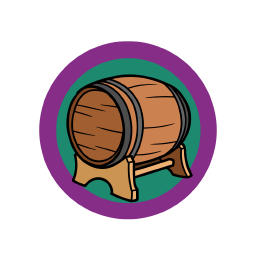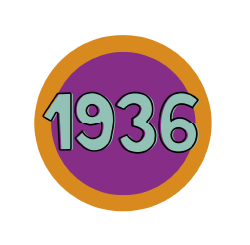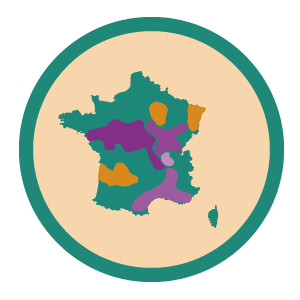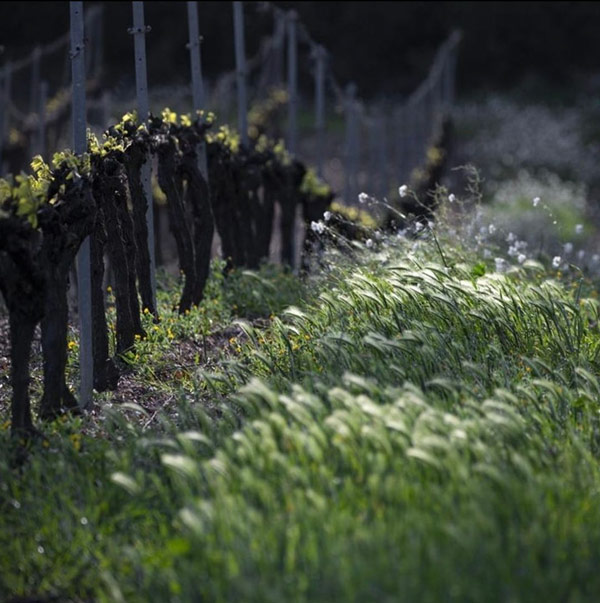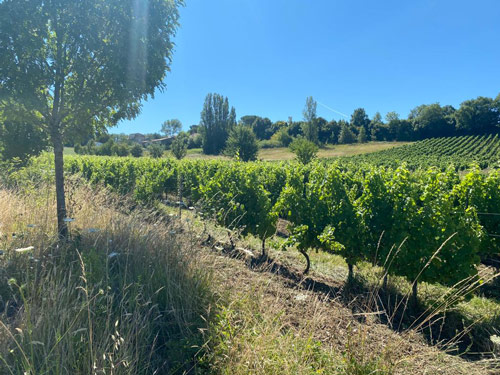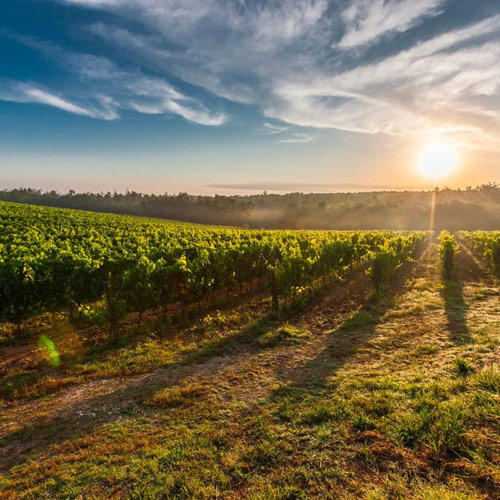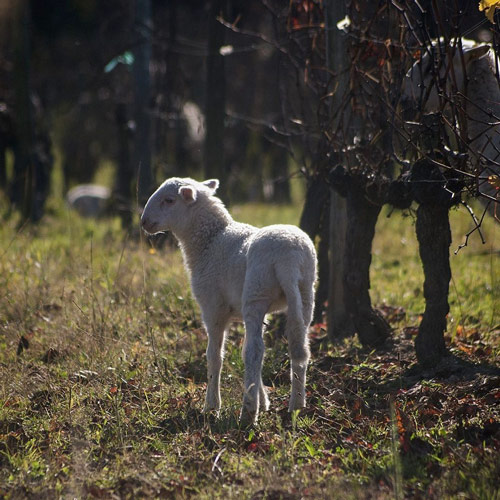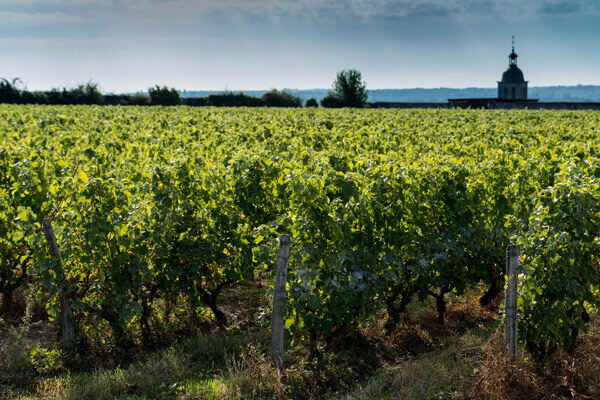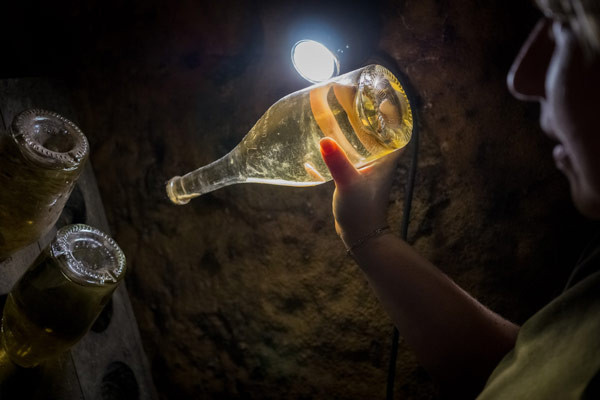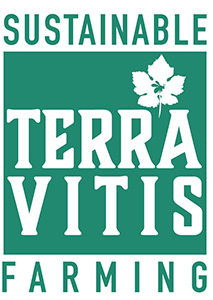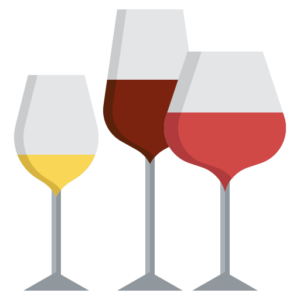Terra Vitis in the Loire:
sustainable wines from the Pays Nantais to the Côte Roannaise
The Loire wine region stretches from the Atlantic to central France and is made up of a mosaic of winegrowing areas with varying climatic and geological conditions, giving rise to distinctive terroirs and a vast array of wines. Red, white, rosé, dry, sweet or sparkling, the incredible diversity of Loire Valley wines will appeal to wine enthusiasts, novice or experienced. Discover the nuances of Loire wines with Terra Vitis grape farmers and winegrowers.
